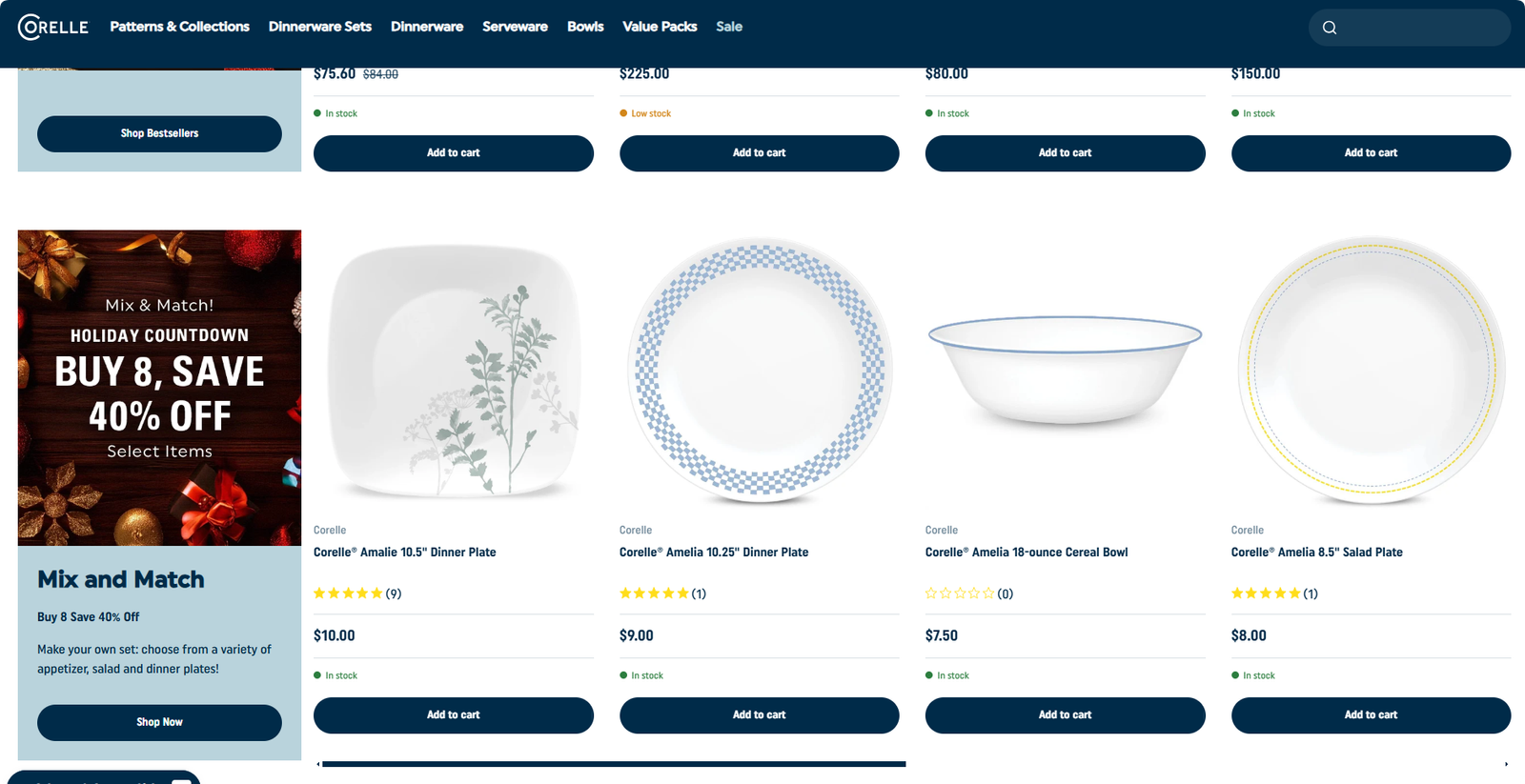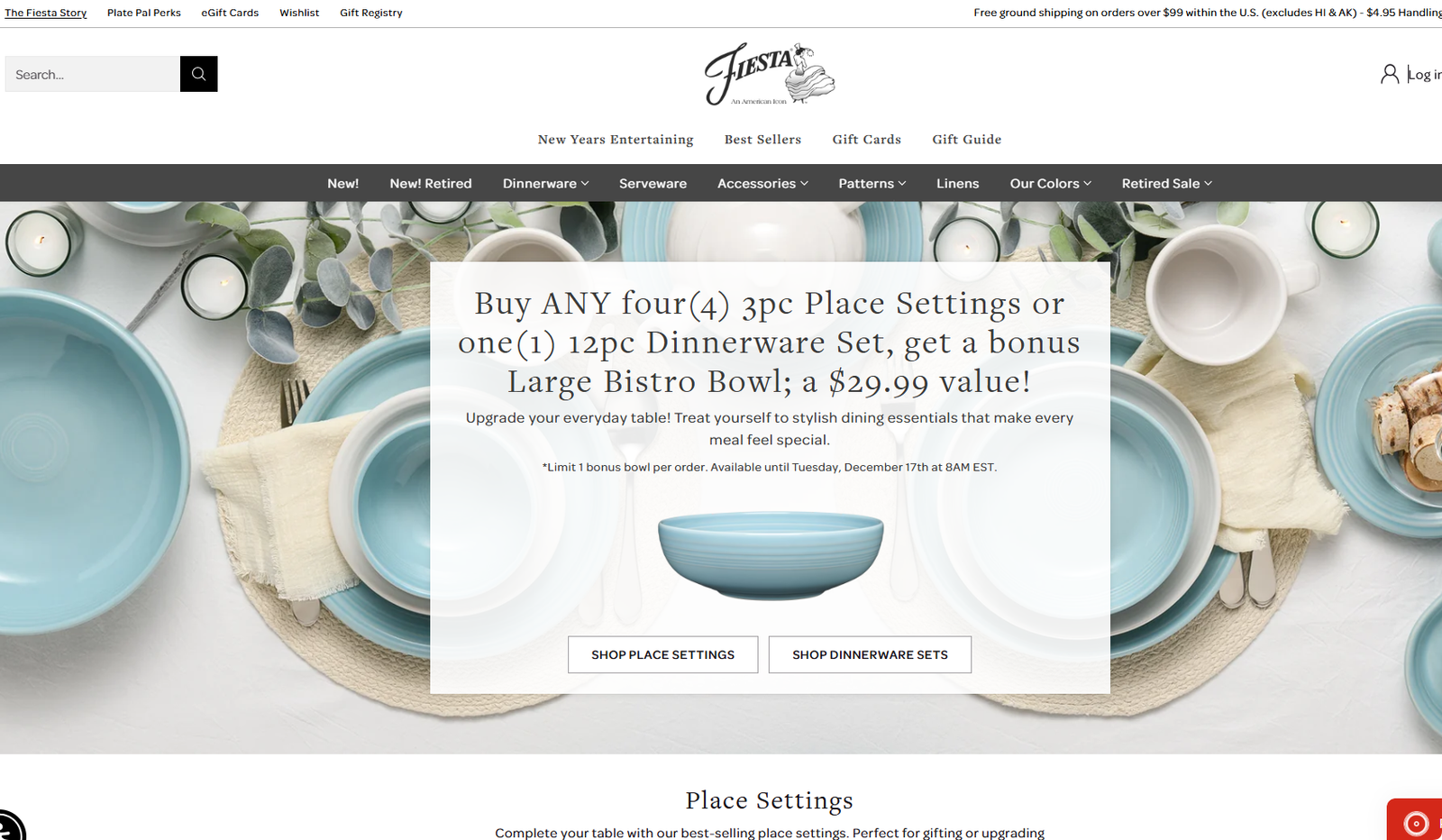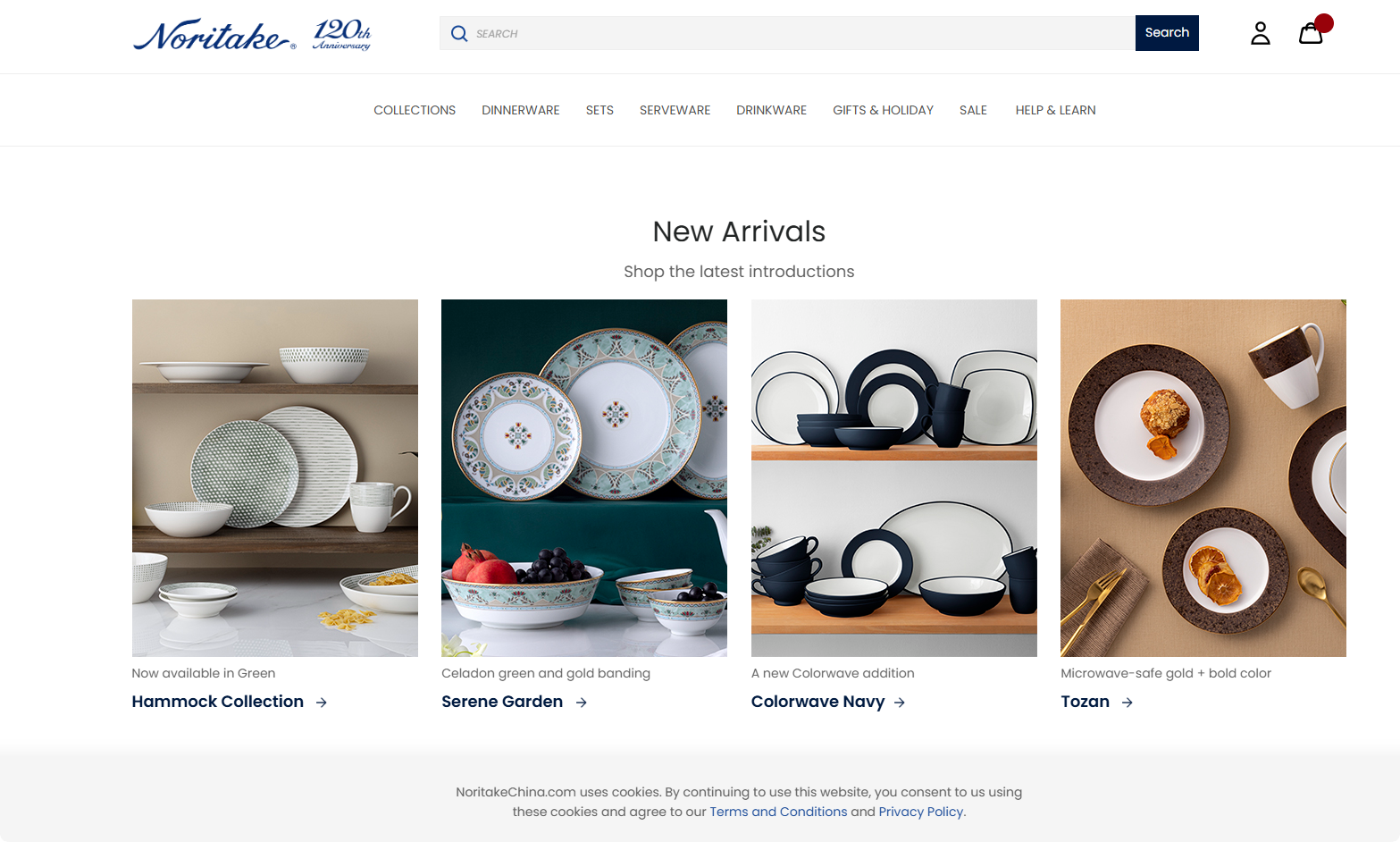When sourcing ceramic plates for your business, whether it’s for restaurants, retail, or wholesale, choosing the right supplier is essential for ensuring quality, design, and durability. In this guide, we’ll provide an overview of the top ceramic plate suppliers worldwide, the factors to consider when selecting a supplier, the most popular ceramic plate sizes in different regions, and how you can make an informed purchasing decision.
1. Common Customizable Sizes for Ceramic Plates
When sourcing ceramic plates, it’s important to know the different sizes and their typical uses. Ceramic plates are available in a range of sizes, from small appetizer plates to large dinner plates and platters. Below is a breakdown of the most common sizes and their use cases:
| Size | Diameter (in inches) | Use Case |
|---|---|---|
| Small Plates | 6-8 inches | Appetizers, side dishes, tapas |
| Medium Plates | 9-10 inches | Main courses, lunch or dinner plates |
| Large Plates | 11-12 inches | Full dinner servings, large portions |
| Platters | 14-18 inches | Serving platters for large meals or buffet |
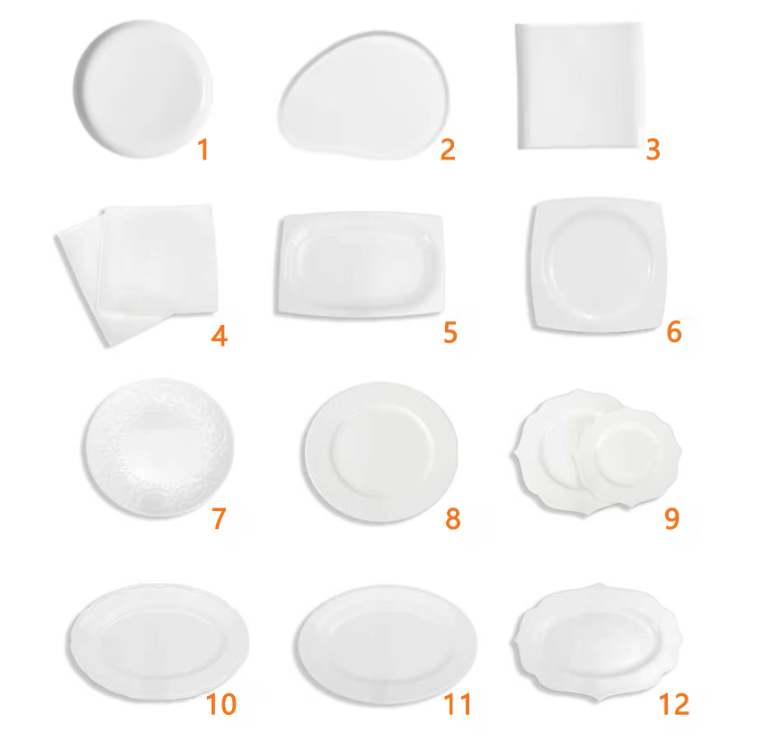
These sizes are typically the most requested by businesses, such as restaurants, catering services, and wholesalers. Depending on your needs—whether it’s for an upscale dinner or casual dining—you can choose the appropriate size to match your market.
2. How to Select a Ceramic Plate Supplier
Selecting the right ceramic plate supplier is crucial for ensuring the success of your business. Here are the key factors to consider when choosing a supplier:
a. Product Quality
Make sure that the supplier offers high-quality ceramic plates that are durable, non-toxic, and safe for food use. Ask for product samples to check for defects, such as cracks or glazing issues, before placing a bulk order.
b. Customization Capabilities
If you need custom designs, logos, or specific glazing techniques, check if the supplier can accommodate these requirements. Many ceramic plate suppliers offer OEM (Original Equipment Manufacturing) and ODM (Original Design Manufacturing) services.
c. Pricing and Minimum Order Quantity (MOQ)
Ceramic plate pricing can vary depending on the design, quality, and quantity. Ensure the supplier offers competitive prices that align with your budget. Additionally, verify that the supplier can meet your MOQ requirements, whether you’re ordering a small batch or a large quantity.
d. Certifications and Compliance
Ensure the supplier complies with international standards, such as lead-free or cadmium-free certifications. For international trade, the supplier should also be able to meet export-import regulations for various countries.
e. Lead Times and Shipping
For B2B buyers, timely delivery is key. Ensure that the supplier offers reasonable lead times and efficient shipping options, especially if you’re ordering from overseas.
f. Reputation and Customer Service
Research the supplier’s reputation in the industry. Look for reviews or testimonials from other businesses to gauge reliability and customer service.
3. Preferred Ceramic Plate Sizes by Country
Different countries have varying preferences when it comes to the size of ceramic plates, often influenced by cultural dining habits. Here’s a general guide to the most preferred ceramic plate sizes in different regions:
- United States: 10-12 inches for dinner plates, 6-8 inches for dessert plates.
- Europe: 9-10 inches for dinner plates, 6-7 inches for side plates.
- Japan: 6-7 inches for rice and side dishes, 8-9 inches for main dishes.
- India: 9-10 inches for main plates, with larger flat plates used for serving rice and curries.
- Middle East: 9-11 inches for dinner plates, 5-6 inches for appetizers.
These preferences are important for suppliers to understand, as customizing ceramic plates to regional tastes can boost a supplier’s appeal to international buyers.
4. Top 10 Ceramic Plate Manufacturers and Brands Worldwide
To help you make an informed decision, here is a list of the top 10 ceramic plate suppliers worldwide, based on their reputation, product quality, and market influence:
| Rank | Supplier/Brand Name | Country | Specialty |
|---|---|---|---|
| 1 | Royal Worcester | United Kingdom | Fine bone china, high-end dinnerware |
| 2 | Wedgwood | United Kingdom | Classic fine china with luxurious designs |
| 3 | Corelle | United States | Durable, break-resistant ceramic dinnerware |
| 4 | Noritake | Japan | Elegant tableware with modern and traditional designs |
| 5 | Lenox | United States | High-quality porcelain with customizable options |
| 6 | Villeroy & Boch | Germany | Premium porcelain with European designs |
| 7 | Boden Ceramics | United States | Trendy, artisanal ceramic plates for contemporary dining |
| 8 | Fiesta Tableware | United States | Colorful, durable ceramic plates in various sizes |
| 9 | Portmeirion | United Kingdom | Iconic, durable dinnerware, with elegant designs |
| 10 | Porcelanosa | Spain | Premium, luxury ceramic plates with modern aesthetics |
These suppliers are known for producing high-quality ceramic plates that cater to different sectors, from fine dining and luxury retail to everyday tableware. They offer a variety of plate designs and sizes, ensuring that businesses have ample options to choose from.
5. Frequently Asked Questions (FAQ)
Q1: What is the most common size for a dinner plate?
The most common size for a dinner plate is between 9-10 inches in diameter. However, larger plates, up to 12 inches, are commonly used in the United States.
Q2: How can I customize my ceramic plates?
Most suppliers offer customization options such as logo printing, special shapes, and unique glazing. Be sure to discuss your specific needs with the supplier to understand their capabilities.
Q3: Are ceramic plates microwave-safe?
Most modern ceramic plates are microwave-safe, but it’s essential to check with the supplier, as some materials or glazes may not be suitable for microwave use.
Q4: Can I order small batches of ceramic plates?
Yes, many suppliers offer flexible MOQ (Minimum Order Quantity) options for small-batch orders. This is particularly useful for small businesses or boutique restaurants that don’t need large quantities.
Q5: How do I ensure that the ceramic plates are food-safe?
Ensure that the supplier provides certifications such as lead-free or cadmium-free certification. It’s also important to confirm that the plates are tested for food safety and compliance with international standards.
6. EKA Ceramics: Your Trusted Partner for Ceramic Plate Manufacturing
EKA Ceramics, based in China, is a trusted manufacturer specializing in high-quality ceramic plates for B2B buyers. We offer both ODM (Original Design Manufacturing) and OEM (Original Equipment Manufacturing) services, catering to businesses of all sizes. Whether you require large orders or small batch customizations, EKA Ceramics can meet your needs with high-quality products and competitive pricing.
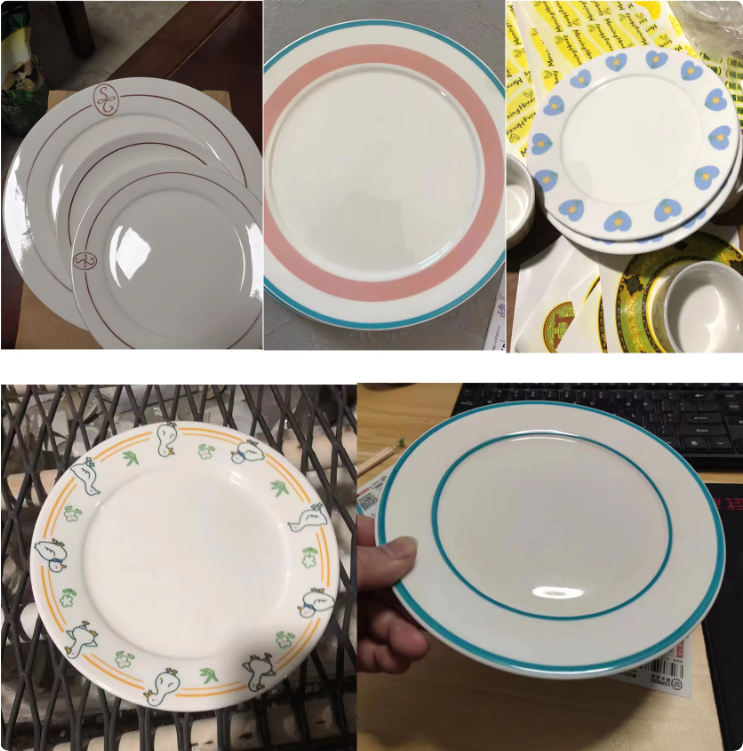
Why Choose EKA Ceramics?
- Custom Solutions: We offer a wide range of custom designs, including logos, shapes, sizes, and glazing options.
- Quality Assurance: All our products adhere to global quality and safety standards.
- Flexible Order Quantities: We accommodate both large-scale bulk orders and small-batch OEM orders.
- Sustainability: EKA Ceramics uses eco-friendly manufacturing processes and materials.
For more information or to place an order, contact us today to see how we can support your business.
In conclusion, understanding the key factors when choosing a ceramic plate supplier—such as customization options, quality standards, regional preferences, and shipping capabilities—is essential for making an informed decision. The top 10 suppliers listed in this guide provide excellent options for businesses worldwide. By focusing on the right supplier, you can ensure that your ceramic plates meet the highest standards and fit the unique needs of your market.

